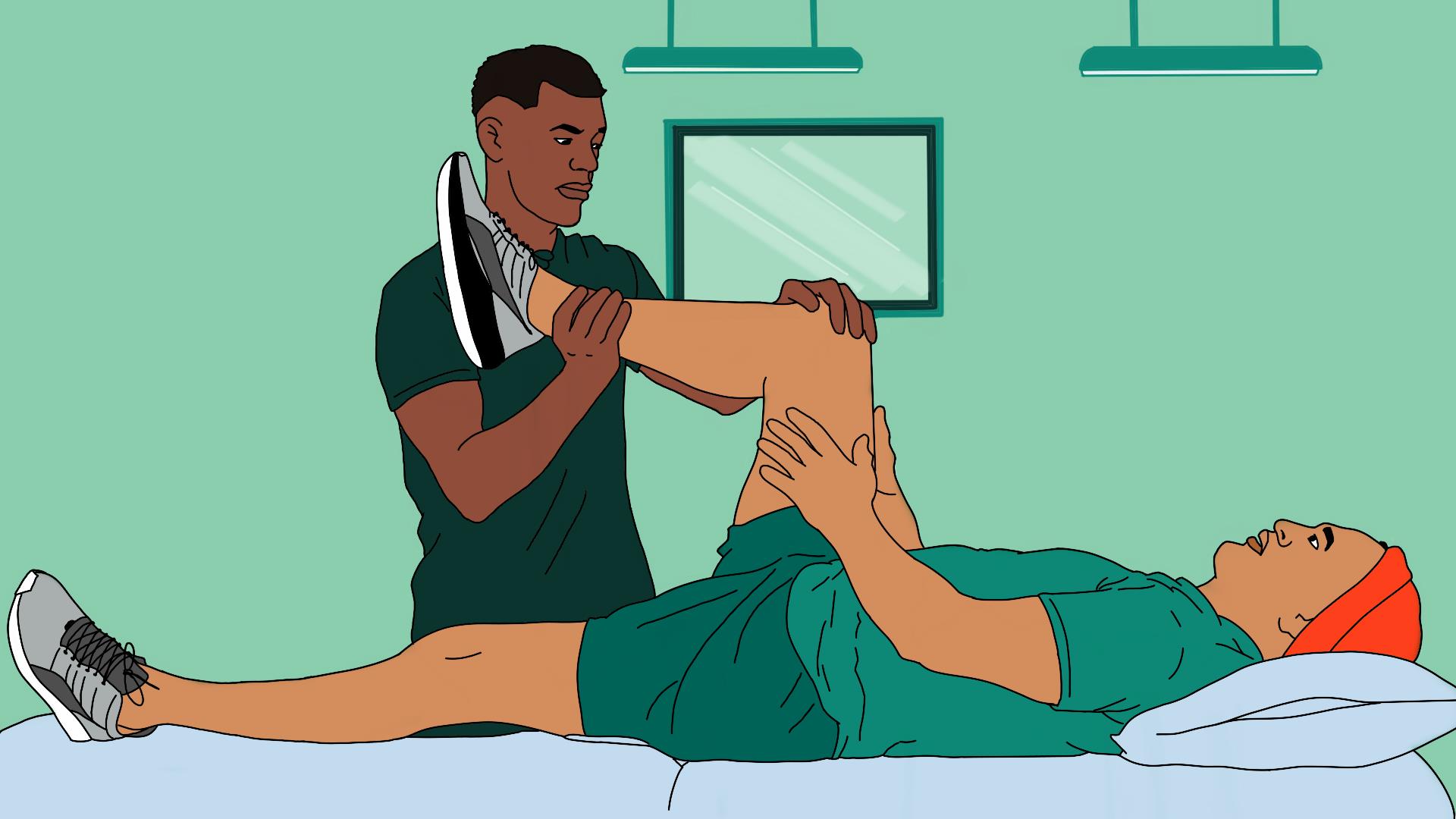🎧 Listen to: Joint Pain

Joint pain
What is Joint Pain?
Joints are the parts of your body where two or more bones meet, allowing movement. Examples include the shoulders, hips, elbows, and knees. Joint pain refers to discomfort, aches, or soreness in any of these areas. It is a common health issue among Africans, affecting young and old alike, often due to conditions such as arthritis, sickle cell disease, and infections.
In Africa, joint pain is frequently reported among farmers, traders, and manual laborers who engage in physically demanding activities. The high prevalence of sickle cell disease in sub-Saharan Africa also means that many children experience joint pain due to blocked blood flow during crises.
How common is joint pain in Africa?
- In sub-Saharan Africa, arthritis is a leading cause of disability among older adults, affecting millions.
- Sickle cell disease, which causes periodic joint pain, is common in West and Central Africa, with over 300,000 babies born with it every year.
- Many Africans suffer from joint pain due to untreated infections, accidents, or prolonged physical work.
What causes joint pain?
Several conditions can lead to joint pain, but the most common include:
Arthritis (joint inflammation)
Arthritis is a major cause of joint pain. The two main types are:
- Osteoarthritis (OA): This occurs when the protective cartilage in joints wears down over time, leading to pain and stiffness. It commonly affects older adults and those who do heavy work.
- Rheumatoid arthritis (RA): This is an autoimmune condition where the body’s immune system mistakenly attacks the joints, causing swelling and deformity. RA is more common in women than men.
Sickle cell disease (SCD)
Sickle cell disease, prevalent in many African countries, causes periodic joint pain due to reduced blood supply to the bones. This pain can be intense, particularly in children and young adults.
Other causes of joint pain?
- Bursitis: Inflammation of the fluid-filled pads (bursae) that cushion joints.
- Gout: A type of arthritis caused by excess uric acid, often linked to diet.
- Lupus: An autoimmune disease that affects the joints.
- Infections: Diseases such as malaria, mumps, hepatitis, and HIV can lead to joint pain.
- Injury: Accidents, falls, or sports injuries can damage joints.
- Overuse: Repetitive movements in jobs like farming, construction, or fishing can cause joint strain.
- Tendinitis: Inflammation of the tendons, common in physically active people.
Symptoms of joint pain?
If you experience any of the following symptoms, it may be time to seek medical attention:
- Persistent pain lasting more than three days.
- Swelling, redness, or warmth around the joint.
- Difficulty moving the joint.
- Fever without flu symptoms.
- A joint that appears deformed or completely immobile.
When should you go to the hospital?
Seek urgent medical attention if:
- You experience sudden and severe joint pain.
- The joint is swollen, tender, and hot to the touch.
- The pain comes with a high fever.
- You have difficulty moving or putting weight on the affected joint.
- There is a history of serious injury to the joint.
How is joint pain diagnosed?
Doctors will assess your symptoms and may recommend tests such as:
- X-ray scans to detect joint damage.
- Blood tests to check for infections or autoimmune conditions.
- Fluid tests to check for gout or other inflammatory diseases.
How is joint pain treated?
Home management
If your joint pain is mild, you can try:
- Applying a warm or cold compress to relieve pain and swelling.
- Taking over-the-counter pain relievers like ibuprofen or paracetamol.
- Engaging in gentle exercise like walking or stretching to keep the joints flexible.
- Maintaining a healthy weight to reduce pressure on the joints.
- Getting enough rest to allow healing.
Medical treatment
For more serious cases, a doctor may recommend:
- Stronger pain medications or anti-inflammatory drugs.
- Physical therapy to strengthen muscles around the joint.
- Surgery, such as joint replacement, if the damage is severe.
- Treatment for underlying conditions, like sickle cell disease crises, which require hospitalization and adequate hydration.
Preventing joint pain?
- To reduce the risk of joint pain:
- Eat a balanced diet rich in calcium and vitamin D for strong bones.
- Stay physically active with moderate exercises like swimming or walking.
- Avoid excessive physical strain, especially in physically demanding jobs.
- Get early treatment for infections or conditions that could lead to joint pain.
- Drink plenty of water to help flush out toxins that may cause joint inflammation.
